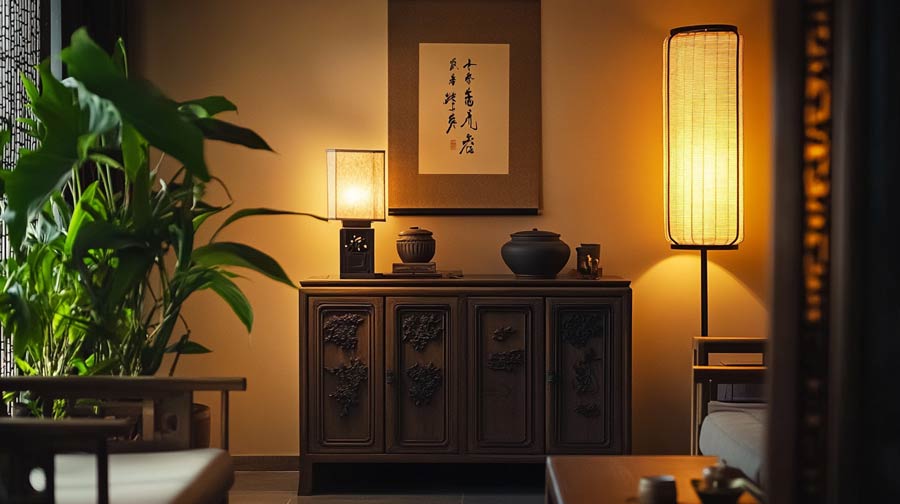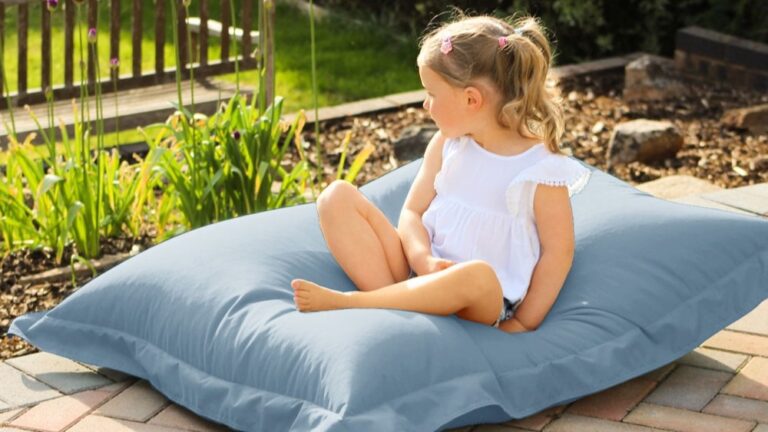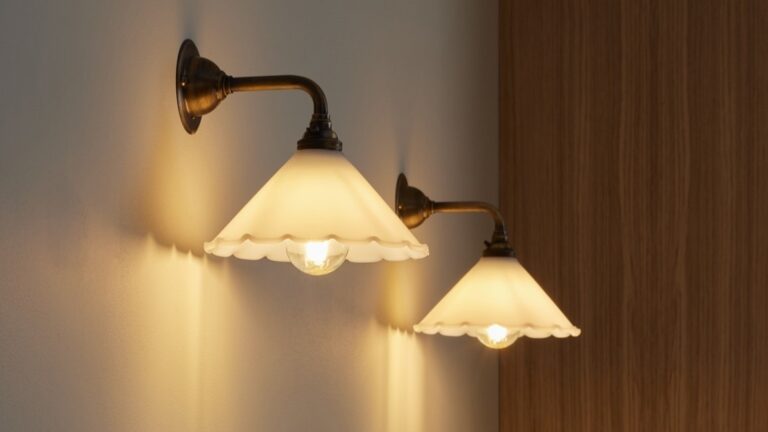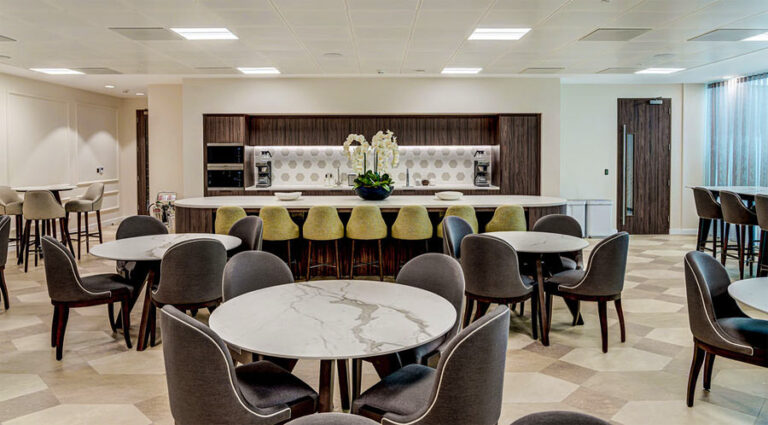East Meets Modern: Styling Chinese Antiques for Contemporary Living

As you’d expect when working with unique pieces with an historical and cultural significance, integrating Chinese antiques into modern interiors calls for a carefully considered approach. When placed with intent, antique furniture offers a striking way to enhance a contemporary setting. Rather than simply seeing them as eye-catching, decorative flourishes, they can, instead, be used as functional architectural components within a broader interior design scheme.
Selecting Suitable Pieces
The first consideration is identifying pieces that complement contemporary layouts in both form and scale. Furniture from the Ming and Qing dynasties, such as horseshoe-back chairs, altar tables or lattice-front cabinets, tends to favour clean, rectilinear lines. These features can complement with minimalist or linear modern aesthetics, avoiding stylistic conflict. When used thoughtfully, they define focal points in living spaces, entrance halls, or dining areas without dominating the overall design.
Timber choice is also significant. Traditional Chinese furniture was commonly made using dense, fine-grained hardwoods like huanghuali and zitan. These materials are known for their strength and longevity, while also offering unique tonal and textural variation. Their presence introduces craftsmanship into interiors, while requiring minimal adaptation to modern tastes.
Harmonising with Contemporary Elements
Achieving a balance between antique and modern features involves managing contrast in surface, scale, and finish. A traditional Chinese cabinet, for example, can be offset by abstract contemporary artwork or paired with modern upholstery in subdued colours. This juxtaposition creates visual interest without compromising cohesion.
Colour should be addressed with restraint. Many Chinese antiques include lacquer finishes or painted motifs in red, gold or black. These are best balanced with neutral palettes, such as off-whites, greys or natural woods. This prevents the antique from appearing theatrical or out of place and allows its form to stand out in the space.
Spatial Considerations
Furniture placement should be deliberate. Chinese antiques can act as anchor points by marking transitions between zones or defining the centre of a room. Their strong vertical or horizontal forms provide a sense of rhythm and weight. Overcrowding should be avoided to retain clarity and flow, especially in open-plan environments where spatial continuity is key.
Screens and room dividers are particularly adaptable. A carved wooden or Coromandel lacquer screen can be used to subtly segment a space while introducing traditional design elements. These have a dual function; offering privacy while also acting as stand-alone art pieces.
Functional Integration
Adapting antiques for current-day use should be approached cautiously. Altar tables can function as console tables or writing desks, while medicine chests or sideboards offer storage in living or dining spaces. Where practical changes are sometimes necessary, alterations should be reversible and non-invasive. Preserving the structural and surface integrity of the piece ensures that its value and provenance remain intact.
Electrical retrofitting, such as adding concealed lighting or internal wiring to cabinets, should only be done where it does not compromise the original material. In some cases, using replicas or reproduction pieces may be preferable if extensive modification is needed.
Conclusion
Incorporating Chinese antiques into modern interiors requires a methodical and informed process. It involves not only aesthetic sensitivity but also an understanding of the historical and material qualities of each piece. When executed with care, the result is an interior that acknowledges the past while meeting the demands of present living.
References
Kailash Energy. Integrating Chinese Decor Into Modern Interior Design. Available at: https://kailashenergy.com/blogs/oriental-palace/integrating-chinese-decor-into-modern-interior-design.
Orchid Furniture. How to Incorporate Chinese Furniture into Modern Interiors. Available at: https://www.orchidfurniture.co.uk/blogs/news/how-to-incorporate-chinese-furniture-into-modern-interiors.
Shimu. Chinese Furniture Information. Available at: https://www.shimu.co.uk/pages/chinese-furniture-information.
Shimu. Tips on Integrating Chinese and Oriental Style into a Modern Interior. Available at: https://www.shimu.co.uk/blogs/news/tips-on-integrating-chinese-and-oriental-style-into-a-modern-interior.
Wikipedia. Chinese Furniture. Available at: https://en.wikipedia.org/wiki/Chinese_furniture.
Wikipedia. Coromandel Lacquer. Available at: https://en.wikipedia.org/wiki/Coromandel_lacquer.











